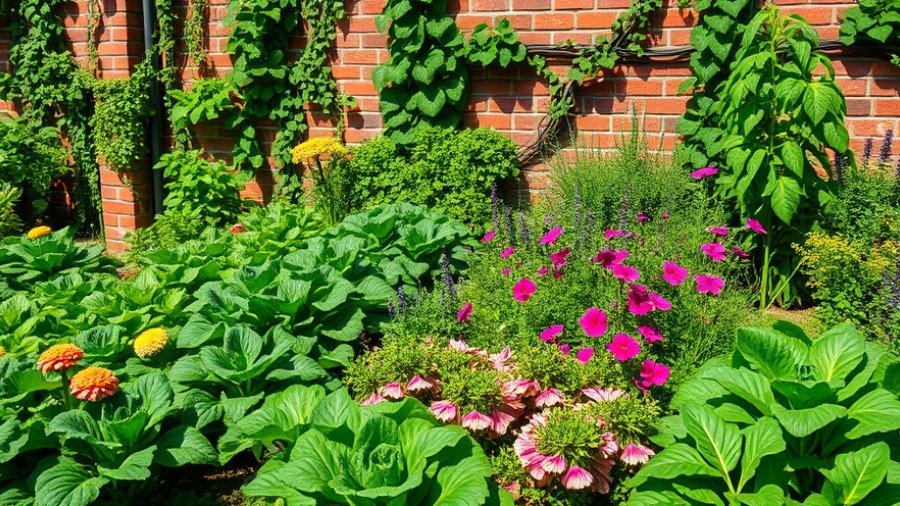
Unlocking the Secrets of Herb Gardening with Simple Pruning
Every homeowner knows that a flourishing herb garden can elevate not only the aesthetic of your outdoor space but also the flavors of your meals. The journey to a thriving herb garden often begins with a simple, yet essential task: pruning. Surprisingly, many gardeners overlook this crucial step, resulting in disappointing yields and lackluster flavors. In fact, properly pruned herbs can yield up to three times more throughout the season! Knowing when and how to prune can transform your gardening game and boost the bounty of your kitchen.
Why Pruning Matters for Your Herbs
Just like a haircut can refresh a tired appearance, pruning herbs can invigorate their growth. Unlike what we might think, ignoring your herbs doesn’t allow them to grow freely; it can actually lead to them flowering too soon, which depletes their flavor and leads to bitterness. This underlines the essence of regular care. By pruning, you encourage new growth and ensure your herbs remain productive throughout the gardening season.
Essential Pruning Tips to Maximize Growth
To get the most out of your herb garden, some essential pruning tips can make all the difference:
- The Clean-Tool Rule: Always use sharp, clean tools to prevent the spread of disease.
- The One-Third Law: When pruning, never remove more than a third of the plant to give it a chance to recover.
- The Morning Method: Prune in the morning for peak flavor, as essential oils are richest then.
- The Waste-Not Approach: Compost your trimmings or dry them out for future use in your cooking.
Nine Herbs That Thrive on Regular Pruning
Here’s a closer look at the top herbs that benefit significantly from regular pruning:
- Basil: Essential for flavorful dishes, pinch above the leaf pairs to boost bushiness.
- Mint: Don’t shy away from trimming aggressively every few weeks to control its growth.
- Oregano: Prune back to two-thirds height before flowering to ensure consistent growth.
- Thyme: Regularly snip the top inch to maintain a healthy plant without cutting into woody stems.
- Parsley: Harvest the outer stems from the base instead of just plucking leaves to encourage regrowth.
- Rosemary: Lightly trim young stems for bushiness and to avoid woody growth.
- Sage: After flowering, cut back to stimulate new growth.
- Chives: Prune low to redirect energy from flowering into growth.
- Cilantro: Harvest frequently to delay bolting and prolong the harvest period.
Looking Ahead: The Future of Your Herb Garden
By implementing these simple pruning techniques, homeowners can look forward to a garden that not only thrives visually but also maximizes utility in the kitchen. Each snip and trim helps ensure flavorful plants that improve meal creations and add abundance to your kitchen and gatherings. As the growing season progresses, let the results of your efforts inspire you and other gardening enthusiasts in your community.
As you prune and care for your herbs, remember that taking these proactive steps now will lead to bountiful rewards later. Why not share your pruning experiences or even some of your freshly grown herbs with friends and neighbors? Contact your local gardening groups or neighborhood associations for tips and to inspire others to join in on the joys of gardening!
 Add Row
Add Row  Add
Add 




Write A Comment